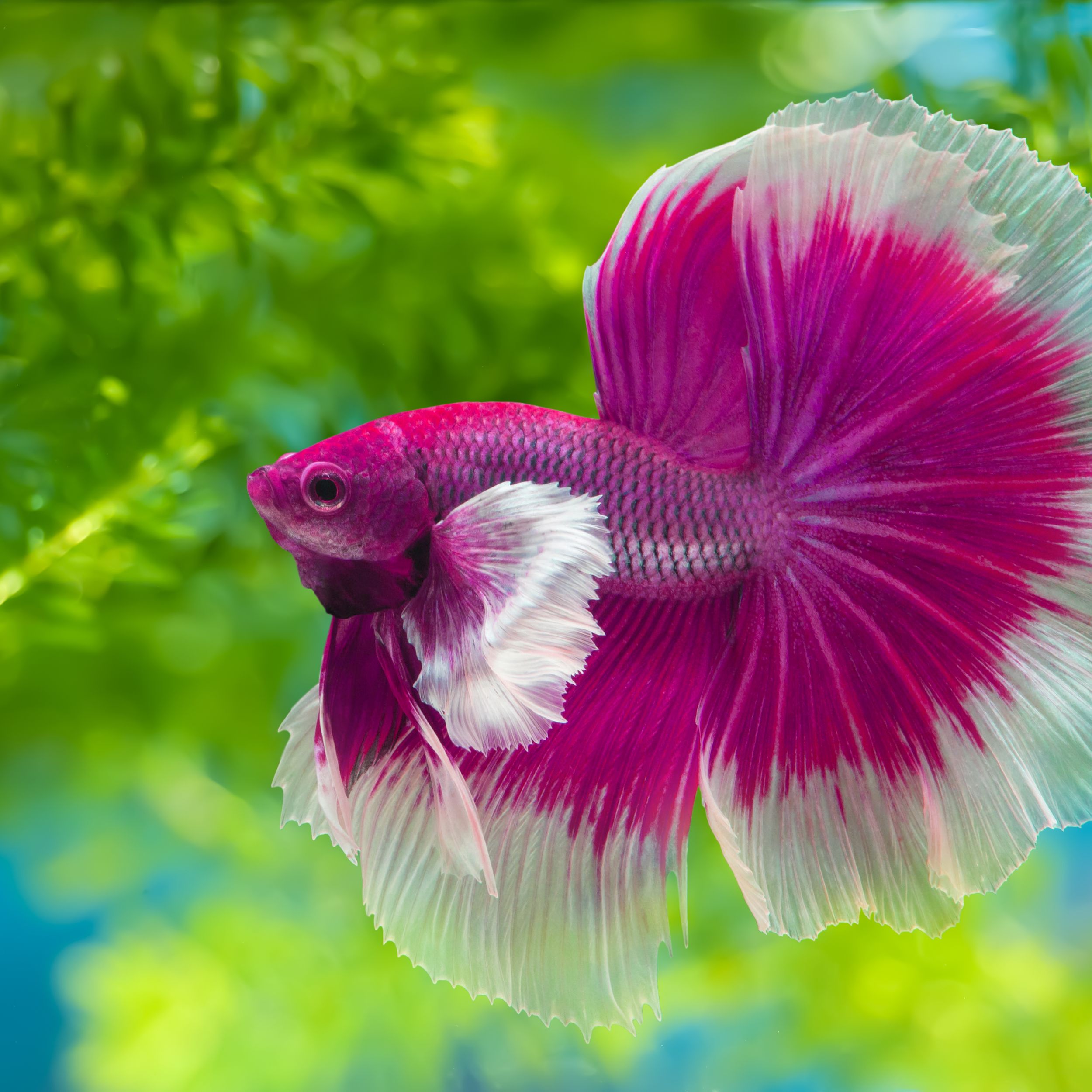Exactly How to Breed Betta Fish Effectively: Specialist Methods and Insights for Hobbyists Seeking To Increase Their Betta Collection
Reproducing Betta fish calls for a nuanced understanding of genetics and environmental conditions, making it vital for enthusiasts to approach the process with both persistance and treatment. Producing an optimum breeding setting, picking the right sets, and observing the intricacies of their courtship actions are foundational steps that can dramatically affect the result.
Understanding Betta Fish Genes
Understanding the genetics of Betta fish is crucial for successful reproduction, as it influences traits such as shade, fin shape, and habits. Betta fish show a varied array of shades and patterns, mostly figured out by their genetic makeup.
In enhancement to coloration, fin morphology is an additional considerable facet of Betta genetics (betta fish). The sizes and shape of fins are influenced by numerous genes, including those that identify whether the fins are brief, long, or veil-shaped. Understanding these genetic variations helps breeders forecast the phenotypic results of their spawn
Furthermore, behavioral qualities such as aggression and territoriality can additionally be affected by genes. These habits play an important function in the breeding procedure, as they can impact generating success and the general personality of the resulting fry. By comprehensively understanding these hereditary concepts, dog breeders can make informed decisions, inevitably improving their reproduction programs and accomplishing desirable results.
Preparing the Breeding Environment
Producing an ideal reproduction setting is important for the successful reproduction of Betta fish. The very first step in preparing this environment is to choose an ideal breeding storage tank, preferably ranging from 5 to 10 gallons.
Following, consider using a sponge filter or an air rock to offer mild water flow without creating solid currents that can stress the fish. It is necessary to set up plants or breeding cones to supply concealing places and advertise comfort for the female throughout the spawning procedure. Floating plants, such as Java moss or water sprite, can also create a much more natural surroundings while promoting bubble nest building by the male.
Before presenting the breeding pairs, guarantee the water is conditioned and without hazardous chemicals, such as chlorine or hefty metals. betta fish. Routine water changes should be conducted to keep optimal water quality, boosting the chances of successful reproduction. With these preparations in position, the reproducing setting will certainly support the health and wellness of both Betta fish
Picking Breeding Pairs
Selecting the ideal reproduction pairs is critical for attaining effective Betta fish reproduction. Healthy and balanced Betta fish exhibit vivid shades, clear eyes, and active habits.
Personality is an additional important consideration, as Betta fish are known for their hostile nature. It is advisable to choose a male and lady that display compatible characters to lessen anxiety during the reproducing procedure. A tranquil man can motivate a smoother courtship, while a female that is too aggressive might disrupt the procedure.
Hereditary background additionally plays a considerable function in the quality of the offspring. Reproducing fish that are genetically diverse can minimize the danger of genetic wellness problems and improve the general vigor of the fry. It is advantageous to investigate the lineage of both the male and female, concentrating on desirable qualities such as fin kind, shade patterns, and size.
The Breeding Process
The breeding procedure of Betta fish requires cautious preparation and attention to information to ensure an effective end result. It is vital to prepare an ideal reproduction container, preferably a 5-10 gallon fish tank with a temperature level maintained at 78-80 ° F. The storage tank should be furnished with a heating unit, filter (preferably sponge click to investigate type to stay clear of solid currents), and lots of marine plants for the female to conceal.
When the setting is established, introduce the picked reproducing pair to the storage tank, allowing them to adapt. Observe their habits; the man will certainly present intricate courtship rituals, consisting of flaring his fins and developing a bubble nest. If the female shows passion, she will certainly show vertical red stripes showing preparedness for spawning.
When the lady is responsive, the pair will involve in a mating accept, throughout which the male fertilizes the eggs. Preserving optimal water problems during this period is vital for the development of healthy and balanced Betta fry.
Taking Care Of Betta Fry

Feeding Betta fry is vital, as they call for a diet high in protein. They can be fed infusoria or fluid additional hints fry food, transitioning to finely smashed top quality pellets as they expand. Feed tiny sections numerous times a day to encourage healthy development without straining the container with uneaten food.

As they mature, check their growth closely and divide any kind of hostile people to stop harm. By supplying a supporting setting and proper nutrition, visit the site enthusiasts can efficiently raise Betta fry right into vibrant, healthy and balanced fish, ultimately enhancing their breeding ventures.
Verdict
Effective Betta fish breeding needs precise interest to genetic selection, ecological conditions, and take care of the fry. By understanding the genes of Betta fish and preparing a proper breeding environment, hobbyists can improve the chances of creating vibrant, healthy and balanced children. Selecting suitable breeding sets and carefully keeping an eye on the courtship and spawning processes are essential. Ultimately, supplying optimal take care of the fry ensures their healthy advancement, adding to a thriving Betta collection.